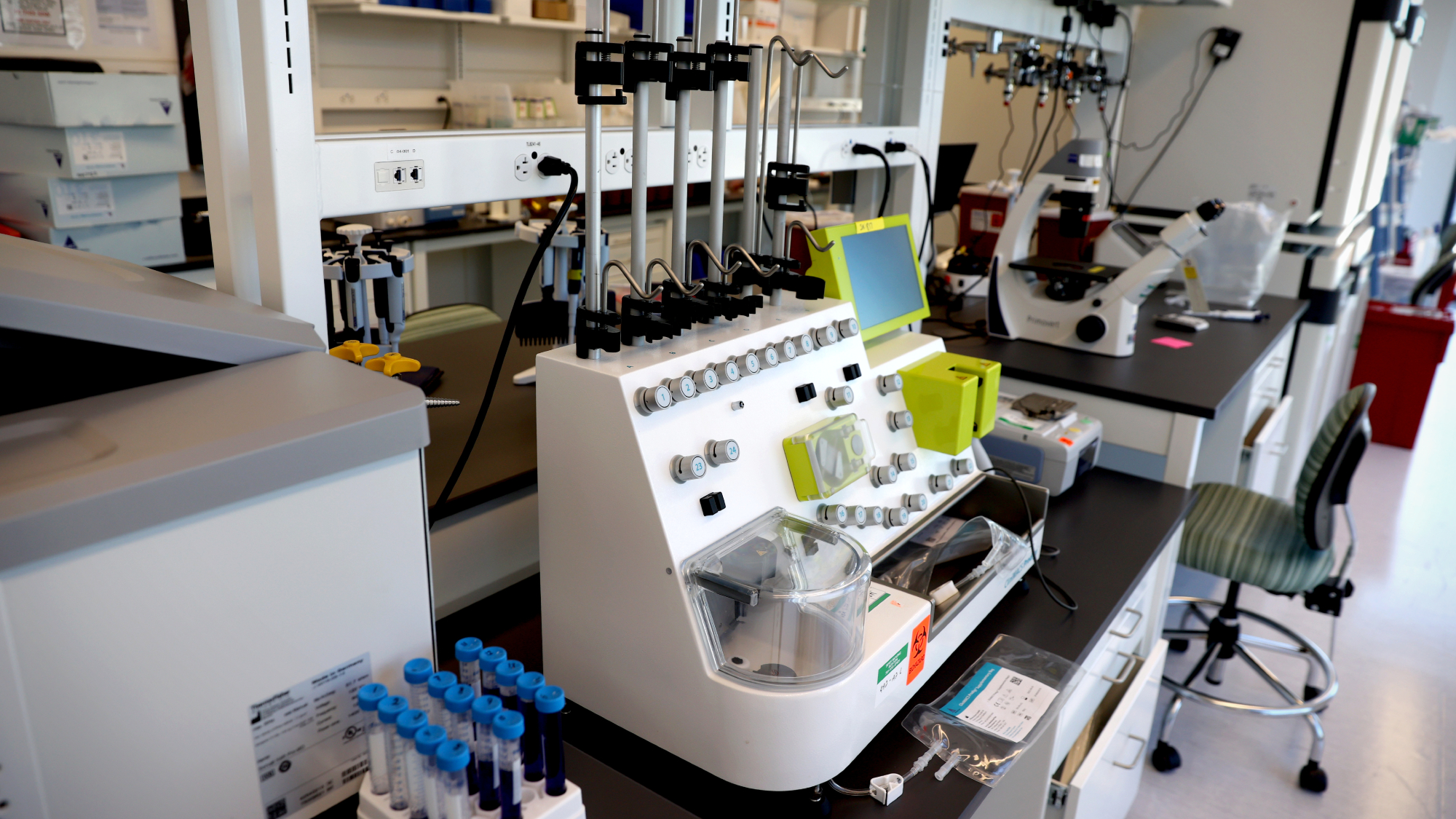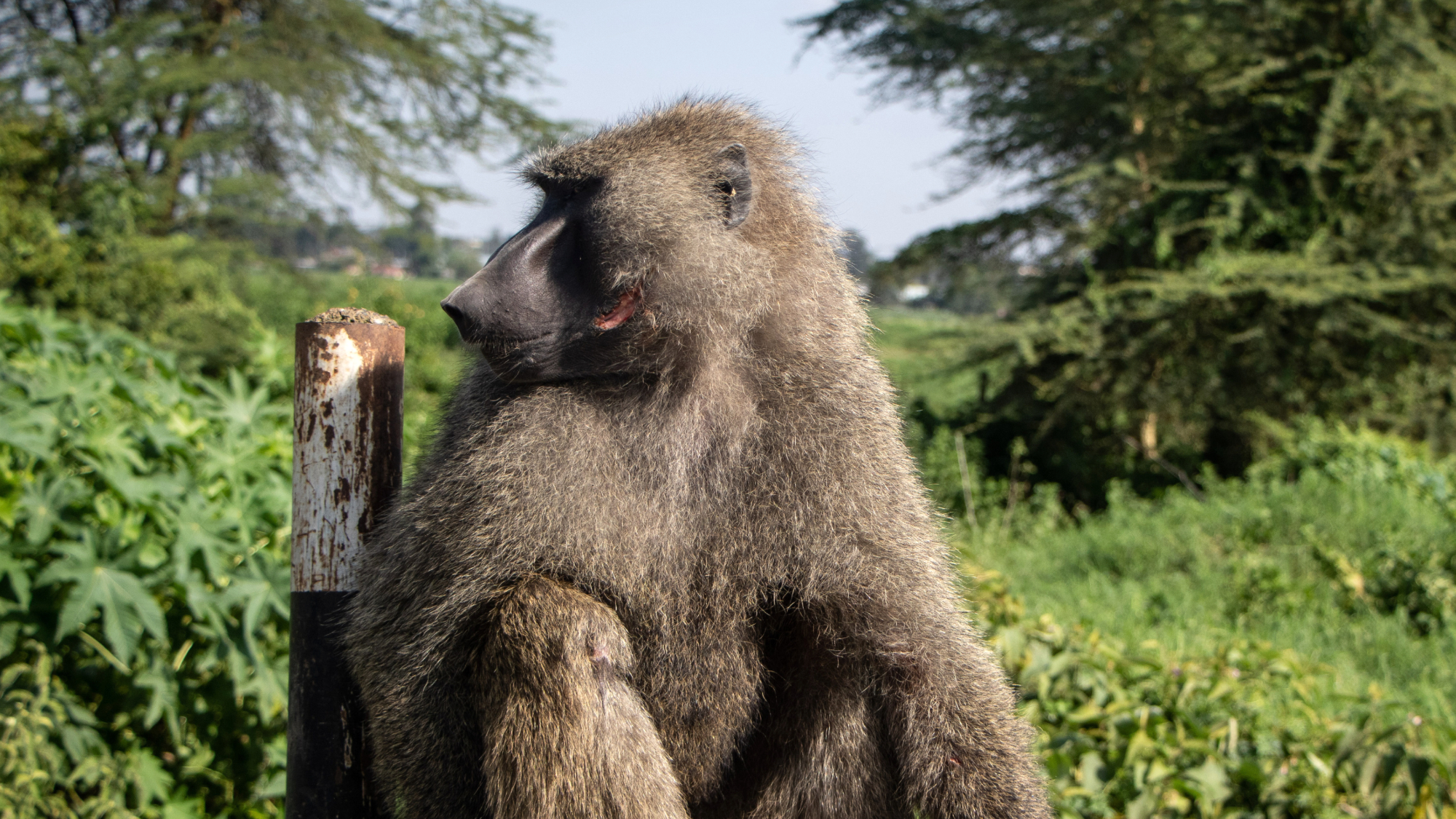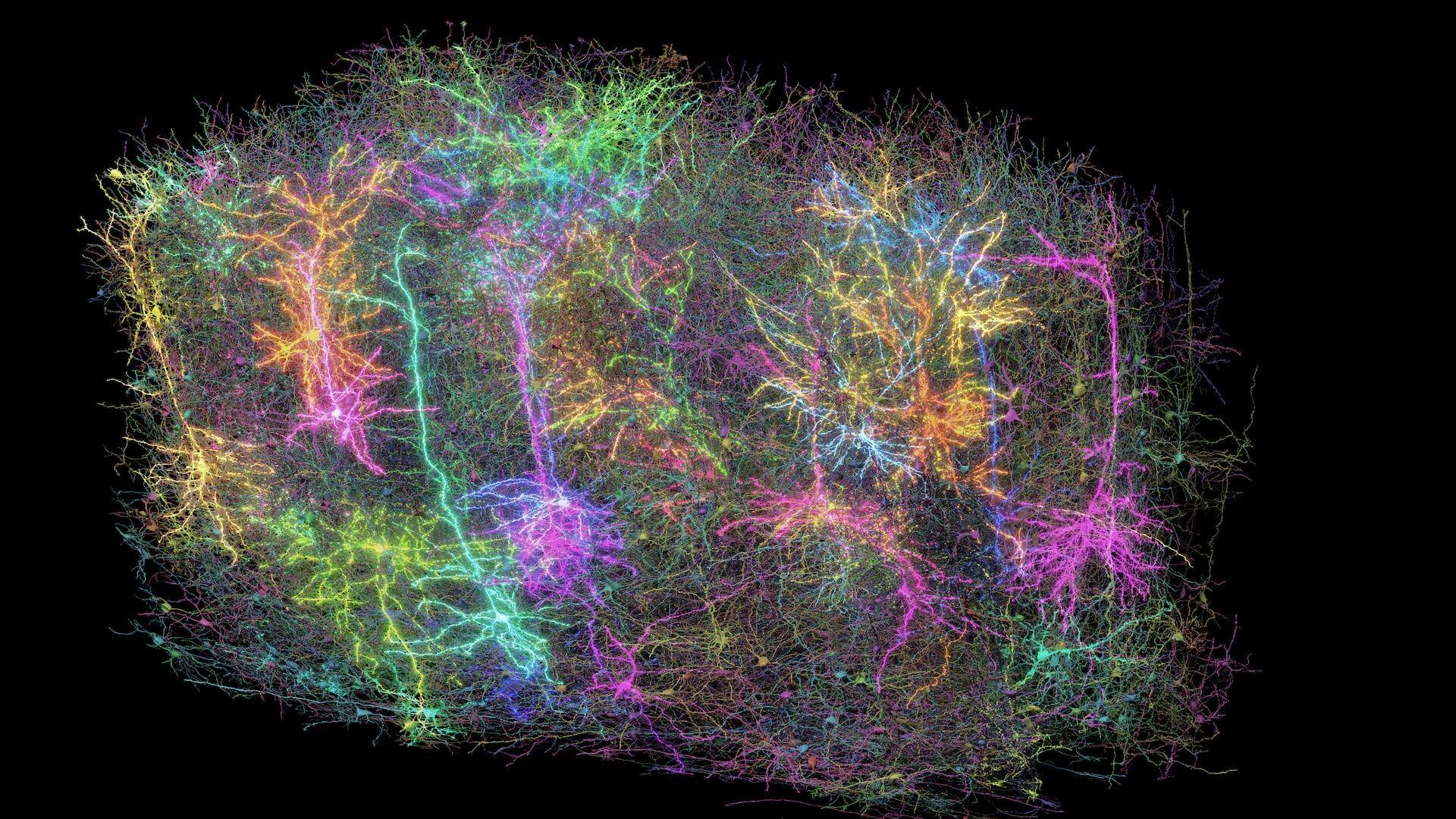Health & Science
A malfunction halts the exoplanet hunt; Earth’s oldest water; Math by electroshock; Bees that can sniff for mines
A malfunction halts the exoplanet hunt
The planet-hunting Kepler telescope, one of the most successful NASA missions of all time, may be down for the count. Two of the gyroscope-like wheels that keep the space telescope pointed at its targets have malfunctioned, and if one of them can’t be restored, “the science we were doing with Kepler, as we were doing it, is over,” Kepler engineer John Troeltzsch tells Nature.com. Since its launch in 2009, Kepler has been surveying stars for variations in their light caused by orbiting planets, identifying 132 planets with a high degree of certainty, and 2,740 possible planets. “The science returns of the Kepler mission have been staggering and have changed our view of the universe, in that we now think there are planets just about everywhere,” says Stanford University astronomer Scott Hubbard. Of the planets Kepler has identified, about 230 are roughly the size of Earth. Just last month, data from the telescope revealed two planets only slightly larger than ours 1,200 light-years away, orbiting in the habitable zone around their star, where temperatures could support liquid water and potentially life. Scientists will know in several months whether Kepler is salvageable. But even if it’s not, says Hubbard, it has already shown the need for another orbiting telescope to search for Earth-like exoplanets.
Earth’s oldest water
The Week
Escape your echo chamber. Get the facts behind the news, plus analysis from multiple perspectives.

Sign up for The Week's Free Newsletters
From our morning news briefing to a weekly Good News Newsletter, get the best of The Week delivered directly to your inbox.
From our morning news briefing to a weekly Good News Newsletter, get the best of The Week delivered directly to your inbox.
At the bottom of a gold mine a mile and a half deep, Canadian researchers have discovered a cache of ancient water that has been sealed off from the rest of the world for as long as 2.6 billion years. The water originated in a prehistoric sea at a time when the earliest single-celled organisms were evolving, the Toronto Globe and Mail reports, and its existence raises hopes that similar stores of water could exist deep below the surface of Mars. The sample contains substantial amounts of hydrogen, which might have served as a chemical fuel that could have allowed bacteria to survive for several billion years without sunlight or oxygen. If researchers can identify traces of microbes in the sample, they could learn more about how life evolved on Earth—and where to look for it on Mars, says Greg Holland, a geochemist at Manchester University in the U.K. “When Mars was much more habitable, 3 or 4 billion years ago,” he says, “maybe life there went underground and has carried on living happily ever since.”
Math by electroshock
SAT prep may one day include a jolt of electricity to the brain. A new study has found that a painless shock delivered through electrodes attached to the forehead made students better at math. Researchers at the University of Oxford stuck electrodes to the foreheads of 25 students and had them perform long arithmetic problems, like 12 − 4 + 10 + 12 = 30. Over the course of five days, half of them received tiny pulses of electricity—a fraction of that provided by one AA battery—while the others did not. On the first day, the two groups showed similar abilities, but by the fifth day, the electroshock group was two to five times faster. Even six months later, the students who had received the mini-jolts were 30 percent quicker at making calculations than those who hadn’t. Researchers think the technique, called transcranial random noise stimulation, may synchronize the electrical signals that brain cells use to communicate with one another, but far more research is needed to understand the process and assess it for negative side effects. “We strongly caution you not to try this at home,” study author Jacqueline Thompson tells ScienceNow.org, “no matter how tempted you may be to slap a battery on your kid’s head.”
Bees that can sniff for mines
A free daily email with the biggest news stories of the day – and the best features from TheWeek.com
Land mines have killed more than 300 people in Croatia—including 66 working to deactivate them—since the Yugoslav wars of the 1990s ended. Now Croatian researchers are developing a new tool to locate the estimated 250,000 mines still buried in formerly wartorn regions across former Yugoslavia: trained honeybees. Unlike people—or dogs and rats, which have been employed to sniff out land mines—honeybees are too light to trigger the devices, and their excellent sense of smell lets them pick up a scent up to three miles away. To train bees to hunt for TNT, researchers from Zagreb University corral numerous hives inside a tent with pots containing different-smelling solutions. Only the pots that give off a whiff of TNT contain a sugar-water reward, training the bees to associate the explosive with food. Researchers hope the bees will soon be ready to fly over fields that have already been checked for mines to find those that may have been missed. “There are never zero mines on a de-mined field,” bee expert Nikola Kezic tells the Associated Press, “and that’s where bees could come in.”
-
 A fentanyl vaccine may be on the horizon
A fentanyl vaccine may be on the horizonUnder the radar Taking a serious jab at the opioid epidemic
-
 The 8 best comedy TV series of 2025
The 8 best comedy TV series of 2025the week recommends From quarterlife crises to Hollywood satires, these were the funniest shows of 2025
-
 Codeword: December 16, 2025
Codeword: December 16, 2025The daily codeword puzzle from The Week
-
 5 recent breakthroughs in biology
5 recent breakthroughs in biologyIn depth From ancient bacteria, to modern cures, to future research
-
 Bacteria can turn plastic waste into a painkiller
Bacteria can turn plastic waste into a painkillerUnder the radar The process could be a solution to plastic pollution
-
 Scientists want to regrow human limbs. Salamanders could lead the way.
Scientists want to regrow human limbs. Salamanders could lead the way.Under the radar Humans may already have the genetic mechanism necessary
-
 Is the world losing scientific innovation?
Is the world losing scientific innovation?Today's big question New research seems to be less exciting
-
 Breakthrough gene-editing treatment saves baby
Breakthrough gene-editing treatment saves babyspeed read KJ Muldoon was healed from a rare genetic condition
-
 Humans heal much slower than other mammals
Humans heal much slower than other mammalsSpeed Read Slower healing may have been an evolutionary trade-off when we shed fur for sweat glands
-
 Scientists map miles of wiring in mouse brain
Scientists map miles of wiring in mouse brainSpeed Read Researchers have created the 'largest and most detailed wiring diagram of a mammalian brain to date,' said Nature
-
 Scientists genetically revive extinct 'dire wolves'
Scientists genetically revive extinct 'dire wolves'Speed Read A 'de-extinction' company has revived the species made popular by HBO's 'Game of Thrones'